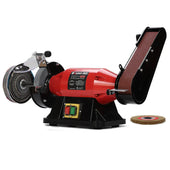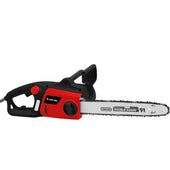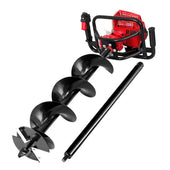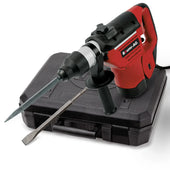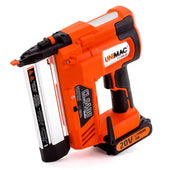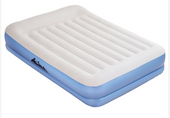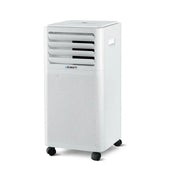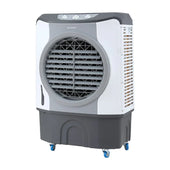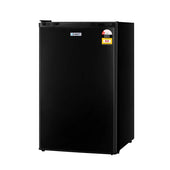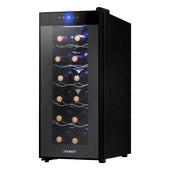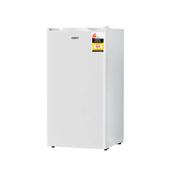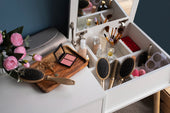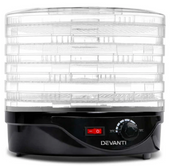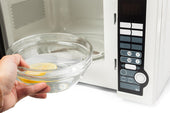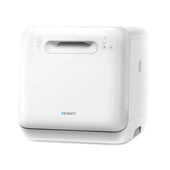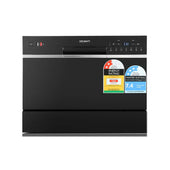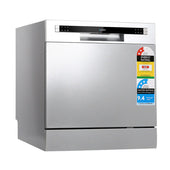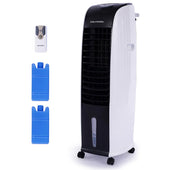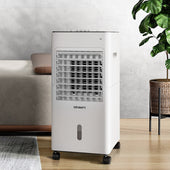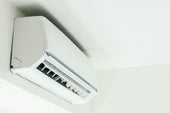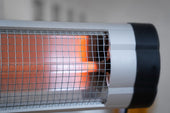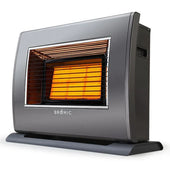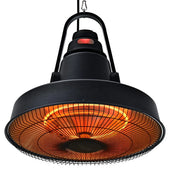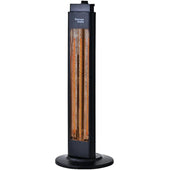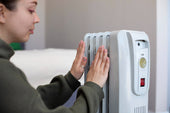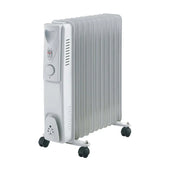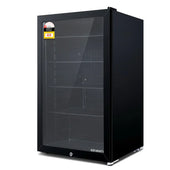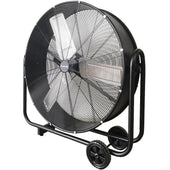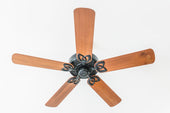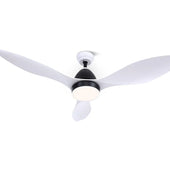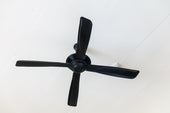Introduction: Understanding Bathroom Cabinet Options
Bathroom cabinets serve both functional and aesthetic purposes, offering storage space while complementing interior design choices. Navigating the variety of cabinets on the market can be challenging, as each type brings unique benefits and considerations. Two common options include wall-mounted cabinets, which are affixed directly to the wall, and freestanding cabinets, which rest independently on the floor. The choice between these designs can depend on factors such as bathroom size, layout, and desired style. Understanding how they differ in terms of installation, practicality, and visual appeal is essential for selecting the ideal option for your needs.
Key Differences Between Wall-Mounted and Freestanding Cabinets
Wall-mounted bathroom cabinets attach directly to the wall, offering a sleek and space-saving option. They are ideal for smaller bathrooms as they maximise floor space, often creating a floating illusion, During days when floor space is limited, Freestanding cabinets, on the other hand, rest on the floor and typically provide more storage capacity. Their design can accommodate larger bathrooms and add a traditional or ornamental feel.
Wall-mounted units require professional installation and sturdy walls, while freestanding models are easier to move or reposition. Freestanding options are less dependent on wall structure, allowing more flexibility in various room layouts. The choice often depends on space constraints, style preferences, and storage needs.
Style and Aesthetic Appeal: Which One Enhances Your Bathroom Décor?
Wall-mounted and freestanding bathroom cabinets bring distinct styles that cater to varied aesthetic preferences.
- Wall-Mounted Cabinets offer a modern, sleek look, often featuring clean lines and minimalist designs. By appearing to float, they create an illusion of space, complementing contemporary or Scandinavian interiors.
- Freestanding Cabinets, on the other hand, embody timeless charm. With ornate details, classic finishes, or rustic touches, they suit traditional, vintage, or cottage-style bathrooms.
Both options allow customisation in materials, colours, and hardware. While wall-mounted units emphasise simplicity and functionality, freestanding designs add character and warmth. The choice depends on whether one prioritises contemporary elegance or classic allure.
Space Efficiency: Maximising Your Bathroom Layout
Choosing the right cabinet type can significantly impact space efficiency in a bathroom. Wall-mounted cabinets offer the advantage of freeing up floor space, creating an airy and minimalistic feel. They are particularly suitable for smaller bathrooms, as they can be installed above sinks or toilets, utilising vertical space effectively. Freestanding cabinets, on the other hand, provide flexible placement options but often require a larger footprint.
Key considerations include proximity to plumbing fixtures and maintaining accessibility. Wall-mounted options suit streamlined designs, while freestanding cabinets allow for more storage capacity. Weighing practicality and aesthetic preferences is essential to achieving an optimally organised bathroom layout.
Installation Process and Considerations
Choosing between wall-mounted and freestanding bathroom cabinets involves evaluating their installation requirements and potential challenges.
- Wall-Mounted Cabinets: These require professional installation since they must be securely fixed to the wall. Studs or strong mounting brackets are essential for support, particularly in bathrooms with plasterboard walls. Homeowners need to account for precise measurements to ensure proper alignment, and the wall structure must be assessed for suitability.
- Freestanding Cabinets: These typically involve minimal setup. Placement is highly flexible, as they do not require wall attachment. However, ensuring a stable surface, particularly in tiled bathrooms, is crucial to prevent wobbling. Additional anti-tip brackets may be added for safety.
Specific bathroom layouts can influence installation complexity in both cases.
Storage Capacity: Comparing Wall-Mounted and Freestanding Designs
When assessing storage capacity, both wall-mounted and freestanding bathroom cabinets offer distinct advantages. Wall-mounted cabinets are designed to maximise vertical space, making them ideal for smaller bathrooms. Their elevated position provides accessible storage while leaving floor space uncluttered, creating a sleek, modern appearance. However, they may lack the depth or overall capacity found in larger freestanding units.
Freestanding designs typically offer more storage due to their robust structure and size. These cabinets often include multiple shelves and drawers, catering to families or those with higher storage needs. Unlike wall-mounted options, freestanding cabinets occupy floor space, which may limit placement flexibility in compact bathrooms. Thus, users should weigh spatial and storage requirements carefully.
Durability and Maintenance: What to Expect
Wall-mounted bathroom cabinets typically offer a robust design, often constructed with materials resistant to moisture and daily wear. However, their floating installation can make them more susceptible to damage under excessive weight. Regular inspections of mounting brackets are crucial to ensure stability.
Freestanding cabinets, on the other hand, are less reliant on structural support and generally more accommodating of heavy usage. They may rest unevenly on floors over time and require occasional repositioning.
Both styles benefit from cleaning with non-abrasive solutions to preserve their finish. Cabinets near sinks or showers might require additional sealing to prevent moisture damage, regardless of their type.
Cost Comparison: Budgeting for Your Cabinet Upgrade
When considering a bathroom cabinet upgrade, cost varies significantly between wall-mounted and freestanding options. Wall-mounted cabinets often demand higher upfront costs due to their sleek design and installation requirements. Professional installation is typically necessary, especially if wall reinforcement is needed, raising overall expenses.
Freestanding cabinets tend to be more budget-friendly. They require minimal installation efforts and offer a wide range of affordable options, making them accessible for diverse budgets. However, wall-mounted cabinets may offer long-term value by saving floor space and enhancing modern aesthetics.
When budgeting, buyers should factor in materials, installation fees, and any additional structural modifications for wall-mounted choices.
Versatility in Design: Adapting to Varied Bathroom Sizes and Setups
Bathroom cabinets are available in designs that cater to diverse spatial requirements and aesthetic preferences. Wall-mounted cabinets are an excellent solution for compact bathrooms, offering storage without occupying precious floor space. Their height-adjustable installation allows them to accommodate both standard and customised layouts. Conversely, freestanding cabinets suit larger bathrooms and provide flexibility to position them anywhere, making them ideal for dynamic designs or future rearrangements.
Both types come in various styles, finishes, and sizes, enabling harmonious integration with contemporary or traditional interiors. Their adaptability ensures homeowners can choose based on layout constraints, functional needs, and personal taste.
Eco-Friendliness and Material Choices: Sustainable Cabinet Options
Sustainability has become a key factor in home design, particularly when selecting bathroom cabinets. Consumers are increasingly favouring eco-friendly materials that minimise environmental impact without compromising on style or durability.
Common Sustainable Cabinet Materials:
- Bamboo: Fast-growing and highly renewable, bamboo offers a sleek appearance and natural resilience to moisture, making it ideal for bathrooms.
- Reclaimed Wood: Repurposing wood from old furniture or construction retains character while reducing deforestation.
- Recycled Metals: Cabinets featuring repurposed aluminium or steel contribute to waste reduction and provide a modern, industrial aesthetic.
Manufacturers also prioritise non-toxic finishes, like water-based stains, to reduce chemical exposure. Buyers should seek certifications, such as FSC or Greenguard, to verify the sustainability of materials chosen. Environmental responsibility complements functionality in today’s bathroom designs.
Resale Value and Long-Term Benefits
When considering bathroom cabinets, resale value is a decisive factor for homeowners looking to maximise property worth. Wall-mounted cabinets typically appeal to modern homebuyers due to their sleek, space-saving design, enhancing a bathroom's aesthetic and functional value.
Freestanding cabinets, on the other hand, are often favoured for their timeless, versatile appeal, which suits a range of interior styles. They also provide flexibility, as they can be repurposed or repositioned in different spaces.
Long-term benefits depend on the quality of materials and construction. High-quality finishes and durable designs, regardless of style, extend the cabinet lifespan and reduce future replacement costs, adding value over time.
Practicality of Use: Day-to-Day Functionality Reviewed
Wall-mounted bathroom cabinets offer practical benefits in daily use by providing storage without consuming valuable floor space. They are particularly suited for smaller bathrooms, allowing easier cleaning beneath the unit and contributing to a clutter-free aesthetic. Items stored inside are kept at eye level, reducing the strain of bending down frequently.
Freestanding cabinets, on the other hand, excel in their portability and ease of installation. They can be moved or rearranged to meet changing needs and are ideal for renters or those wanting flexibility. However, they might encroach on floor space and limit manoeuvrability in compact bathrooms, potentially causing layout challenges.
Final Verdict: Choosing the Right Cabinet for Your Needs
Selecting the right bathroom cabinet depends on individual priorities and the space’s specific constraints. Wall-mounted cabinets are ideal for compact or modern bathrooms, offering a sleek and minimalist appearance while freeing up valuable floor space. They also provide convenience in terms of adjustable height. However, they require sturdy walls and professional installation, making them less adaptable to frequent changes.
Freestanding cabinets, on the other hand, excel in flexibility and are easier to relocate or replace. They come in varied designs, offering storage options for larger households or traditional decor preferences. Yet, they occupy floor space and may feel bulky in smaller bathrooms.



